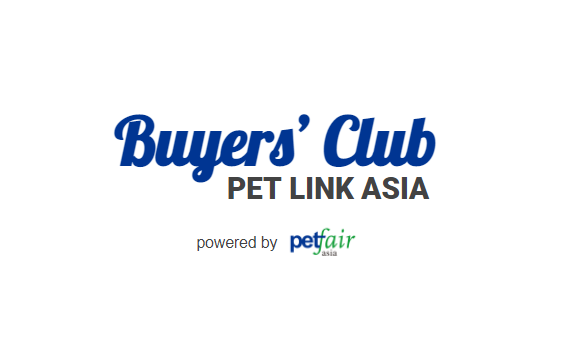BY ANNA GIRGENTI ON APRIL 26, 2019
Australia’s strong middle class is driving pet food sales in the economy segment.
Australia is now the second-largest market for pet food in the Asia-Pacific region, after Japan, according to a report from Mordor Intelligence. Despite economic downturn between 2015 and 2017, Australia’s pet food sales remain strong in alignment with most U.S. trends. Disposable income among the middle class has led to a rise in pet adoption, improving pet food sales in New South Wales and Queensland. Australia’s geographical landscape also impacts the market, with many inland regions scarcely inhabited. New South Wales and Victoria account for 59% of the country’s human population and 60% of all pets, according to Australia’s Royal Society for the Prevention of Cruelty to Animals (RSPCA). The RSPCA estimates there are 4.8 million pet dogs in Australia, meaning there are 20 dogs for every 100 people.
Most Australian households prefer economy-priced dry food for their dogs and cats, and the economy sector generated the majority of the pet food market’s revenue. Still, some of the industry’s growth can be attributed to rising sales of premium and naturally positioned dog food, according to a 2018 report from Euromonitor International. With 62% of Australian households owning pets and 61% of pet owners in Australia having dogs, pet humanization and concern for pet nutrition are growing. The market for premium dog food and treats is expected to continue its slow but steady growth.
Although dogs remain the most common pet in Australia, cats are more popular among the country’s most affluent households. In addition, a high divorce rate has led to more dual-income families without children, which are a prime target in the pet food market, according to the Mordor Intelligence report. Australia’s online pet food sales are also growing more quickly than in the U.S., paving the way for gourmet pet food companies to market their products to a wider audience.




